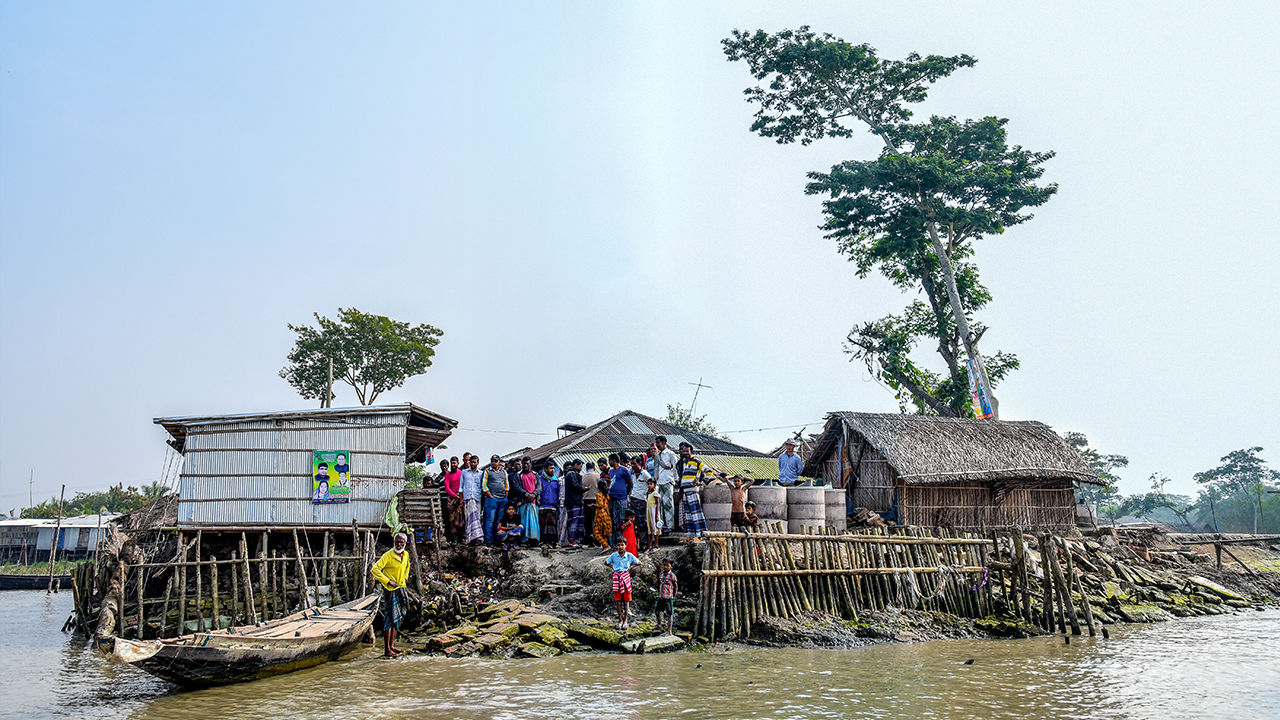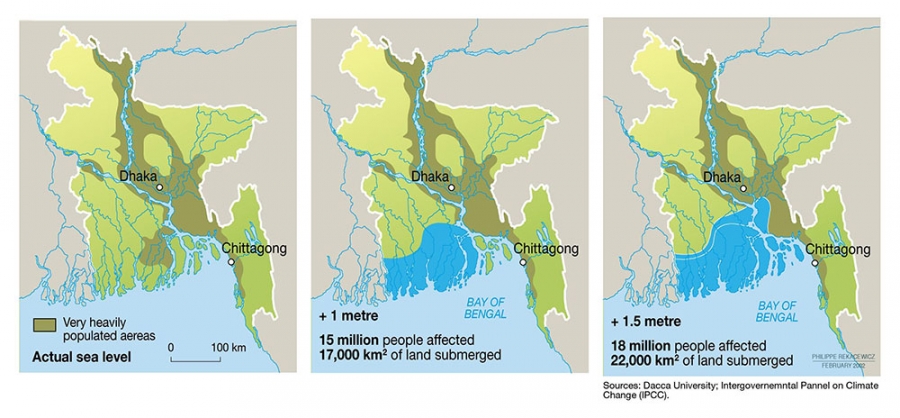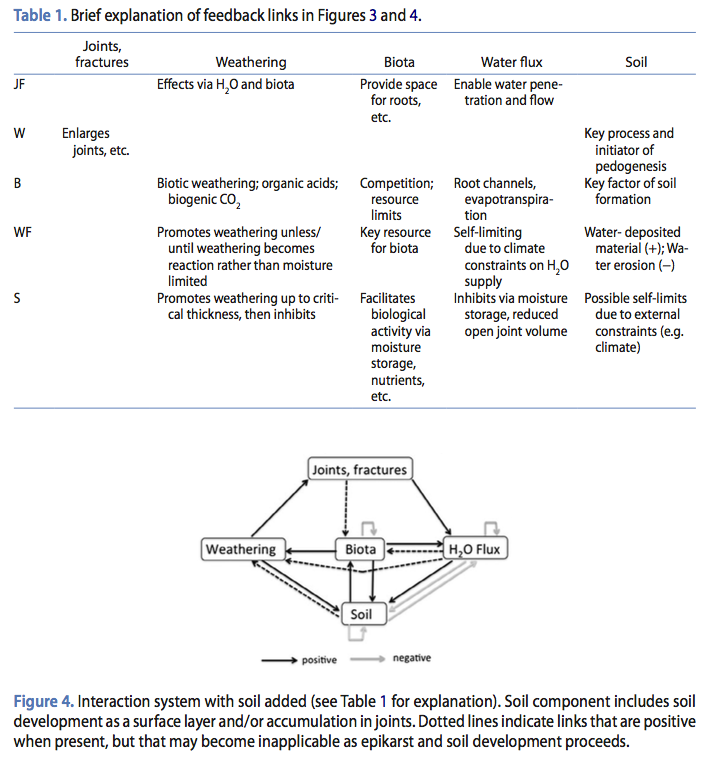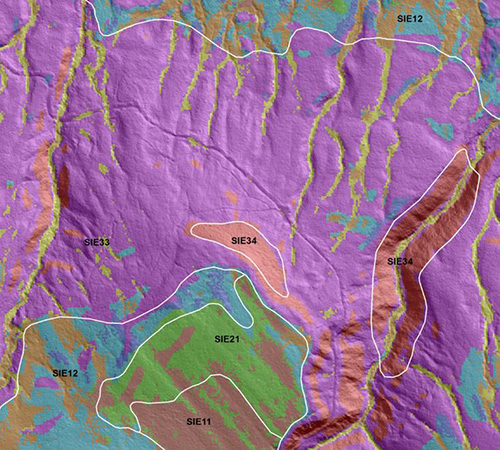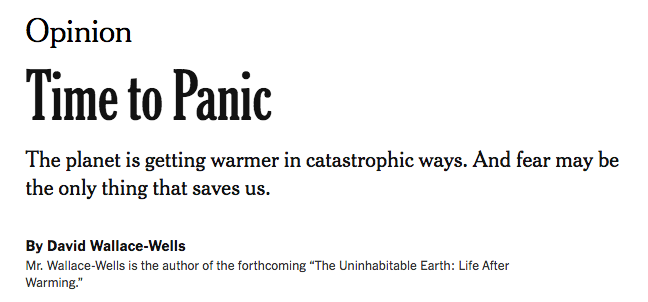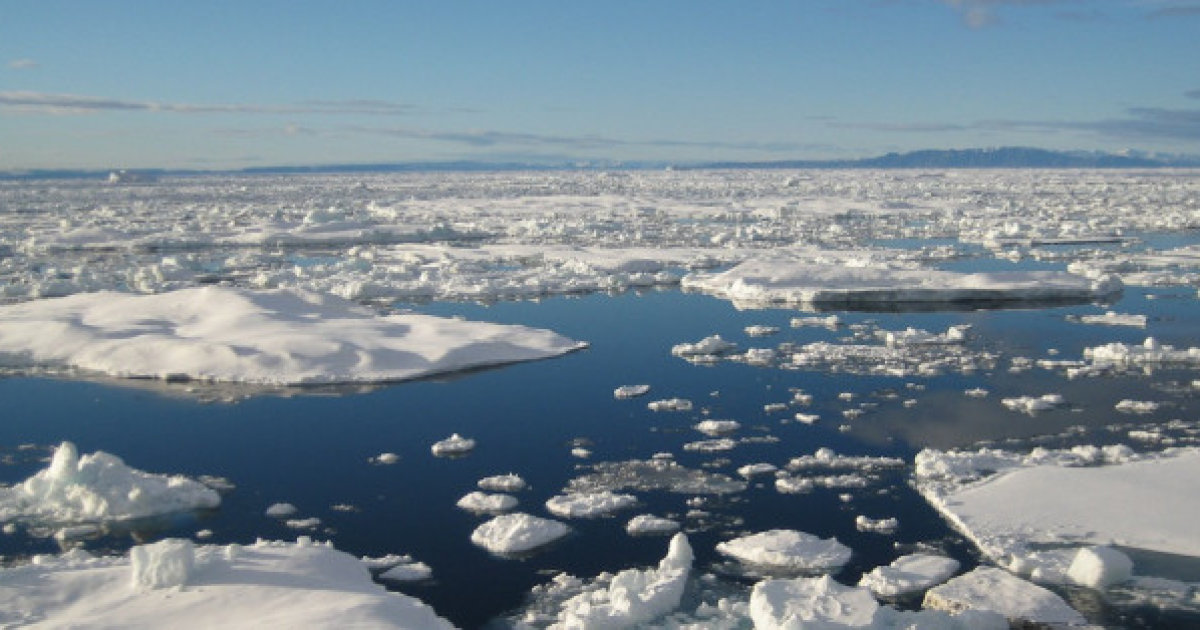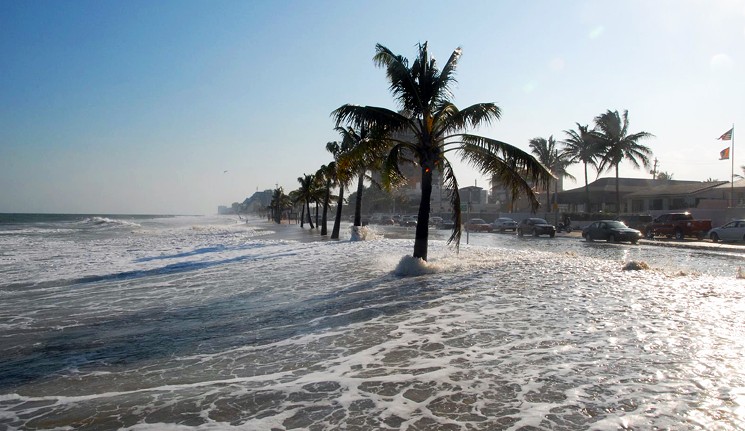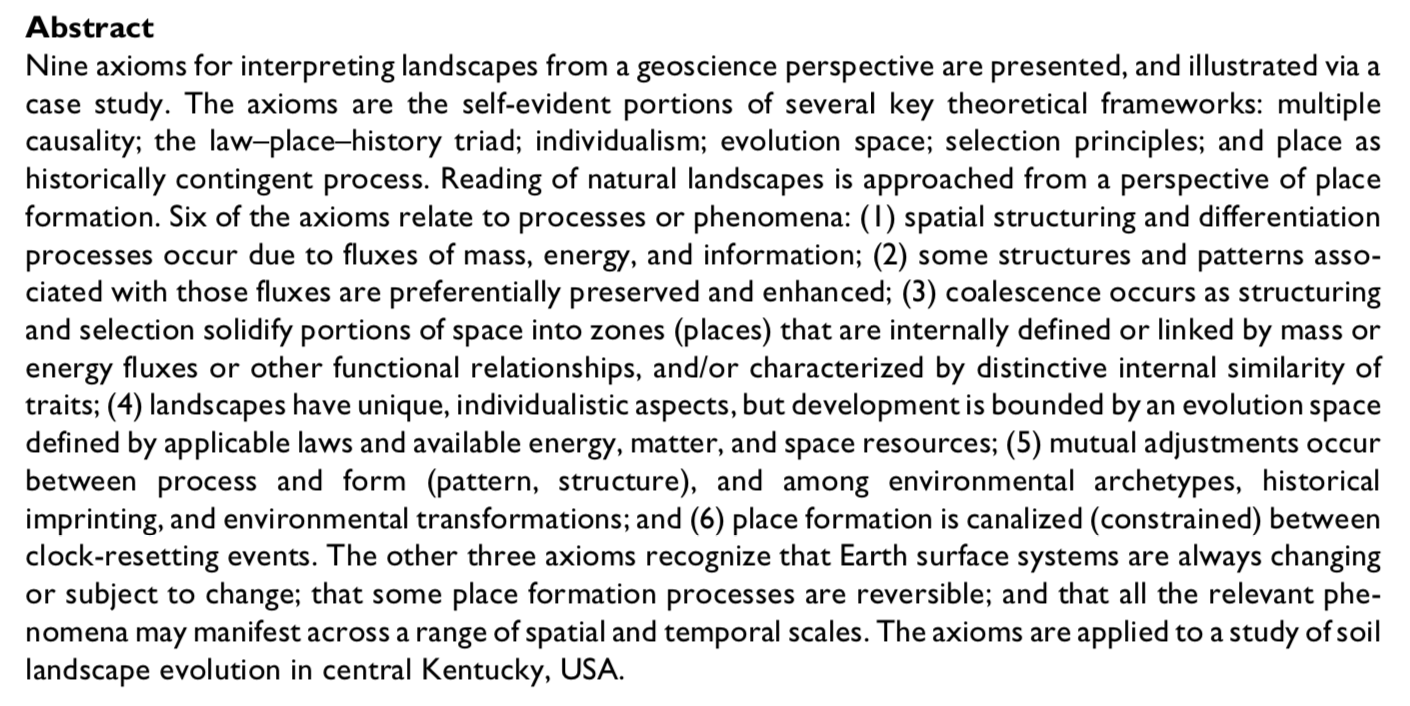The Stories We Could Tell 2
Each account of landscape evolution, development, or history--whether narrative, chronology, model, or otherwise--is considered a story. Each story implies a beginning (starting point, initial condition, genesis), a middle, and an end. The middle includes the processes, transformations, or pathways connecting the beginning to the end. The end may be a final state, culmination, or conclusion per se, or the contemporary or observed state at a given point in time.
The evolutionary path (EP) described by each story is presumed to exist, and thus has one beginning, one middle, and one end. A complete story includes an account of all three. However, many scientific stories are incomplete, and may include only two of the three elements, with the third conjectured or inferred. For example, an initial condition and end state may be known, but the processes or transitions between them unknown. Or the processes or changes may be known, but either the initial state or end point unknown. Thus, while a complete story has one each of beginning, middle and end, an incomplete story may have >1 potential, unknown, or conjectured beginnings, middles, or ends.

